Pashmina shawls are called the "diamond of textiles" for unparalleled softness, warmth, and luxurious appeal. When you drape a genuine Pashmina shawl over your shoulders, you're not just wearing fabric. You're embracing centuries of craftsmanship, tradition, and natural beauty. But with its reputation for elegance comes a high price tag that leaves many wondering, why is Pashmina so expensive?
Cashmere, derived from the fine wool of the Changthangi goats in the Himalayan regions, is one of the most sought-after materials in the fashion world. The skillful artisans transform this Cashmere into luxury shawls, scarves and wraps. This is the art of Pashmina. Cashmere is exceptionally rare and lightweight. But its high cost stems from far more than just the scarcity of the raw material. The intricate, labour-intensive process of hand-weaving, the cultural significance, and the meticulous craftsmanship that goes into each piece all contribute to its exclusivity and price.
So, let's delve into the various factors that make Pashmina so valuable. From the sourcing of wool in remote Himalayan regions to the traditional hand-weaving techniques passed down through generations, each step in the production process adds to its cost. We will explore the artisanship behind these shawls, their sustainability, and the ethical practices involved in their creation. We’ll also discuss the global demand for Pashmina and its status as a luxury symbol in high fashion.
The Source of Pashmina: Cashmere Wool
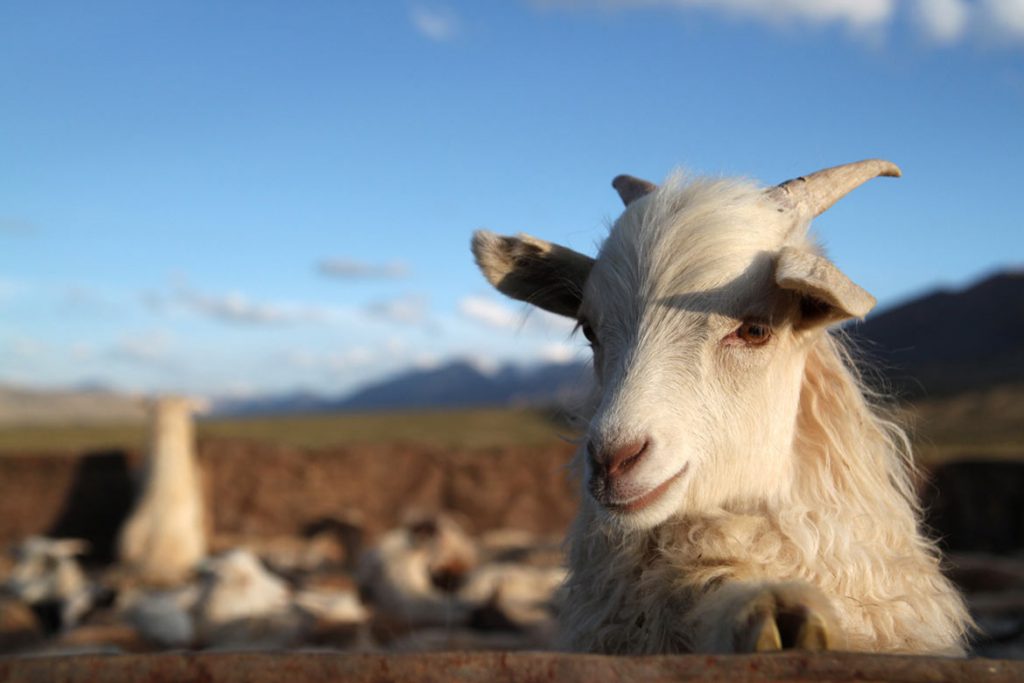
Pashmina, often referred to as "soft gold," begins its journey in one of the most remote and rugged regions of the world. That is Ladakh, North India. Here, amidst the harsh conditions of the Himalayas, the rare Changthangi goats thrive. These goats, known for their thick, insulating coats, are the source of the coveted Cashmere wool. Artisans transform Cashmere into luxurious Pashmina products through a highly skilled and ancient art form.
Origin of Cashmere Wool
The Changthangi goats, native to the high-altitude regions of Ladakh, produce a unique and incredibly soft undercoat. This undercoat is what we know as Cashmere wool, the key material that defines Pashmina’s luxurious texture. Due to the extreme cold of their environment, the goats develop this fine wool to protect themselves in winter months. When spring arrives, this undercoat naturally sheds, providing an opportunity for herders to harvest the precious fiber.
The process of transforming this wool into a luxury product is called the Pashmina art. The term "Pashmina" comes from the Persian word "pashm,. It means "soft gold," which is a fitting description of the fabric’s delicate feel and high value. However, it is not just the wool itself but the intricate craftsmanship involved in turning it into shawls, scarves, and wraps that elevates it to the status of a luxury textile.
Rarity of the Wool
One of the key reasons for Pashmina’s high cost is the rarity of the wool itself. The Changthangi goats are a rare breed. The Himalayan regions of Ladakh at altitudes as high as 14,000 feet are home to these goats. The challenging terrain and harsh climate of the region limit the number of goats that herders can raise, and the amount of wool each goat produces is minimal. On average, a single goat yields only about 80-170 grams of wool per year, making the material extremely limited.
Moreover, the specific conditions required for Changthangi goats to thrive mean that this wool cannot be sourced from anywhere else in the world. The exclusivity of the wool, combined with the laborious process of collecting and processing it, significantly contributes to the high cost of genuine Pashmina products.
Collection Process
The collection of Cashmere wool is a meticulous and delicate process, deeply rooted in the traditions of the Himalayan herders. Unlike other types of wool, herders collect Cashmere wool is through hand-combing. During the spring season, when the Changthangi goats naturally shed their soft undercoat, herders comb the wool from the animals. This gentle method ensures that the goats are not harmed. Hence, it allows the finest, softest fibers to be collected without damaging the quality of the wool.
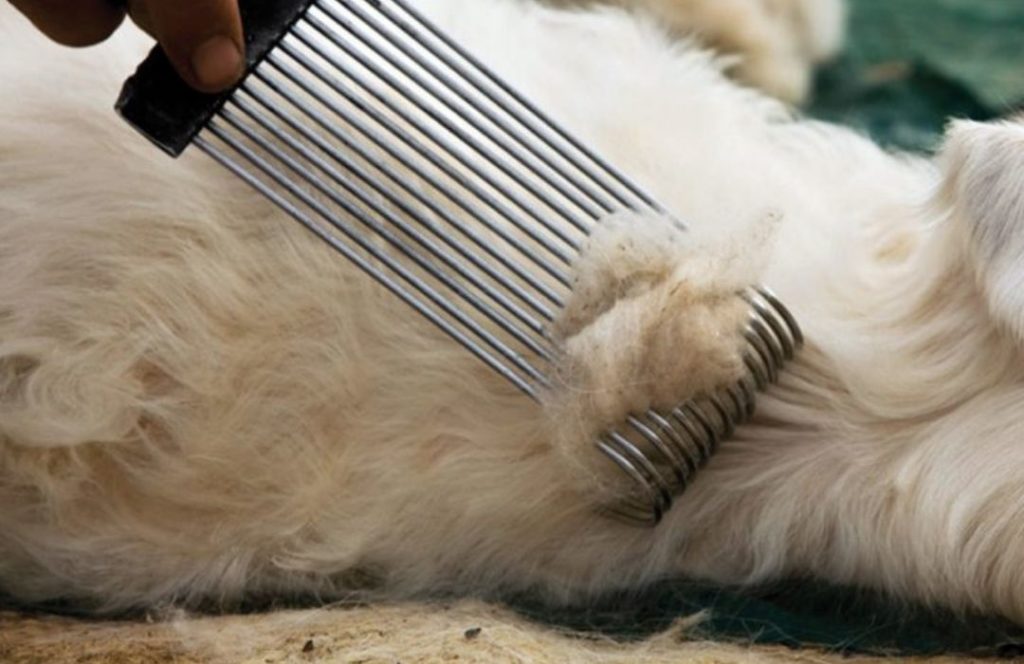
The hand-combing process is time-consuming and labour-intensive. Herders must work patiently to gather enough wool to produce just a few shawls or scarves. Once collected, women artisans meticulously clean the wool to remove any impurities. This is because the wool often contains dirt and grease from the goat’s natural environment. Artisans carefully carry out the cleaning process, as delicate fibers can be easily damaged. After cleaning, women artisans spin the wool into fine threads. Later weavers hand weave the same to prepare luxe Pashmina shawls, scarves and more.
The rarity of the Changthangi goats, the small yield of wool, and the painstaking collection process all contribute to the high price of genuine Pashmina. From the remote mountain regions of Ladakh to the global luxury market, the journey of Pashmina reflects its true value. Each stage of its transformation, from its origin as a natural protective coat for the goats to its final form as a luxurious shawl, is imbued with the skill, tradition, and artistry that make Pashmina so extraordinary.
The Labour-Intensive Production Process
The creation of a genuine Pashmina shawl involves a series of meticulous and time-consuming steps, each requiring immense skill and dedication. The artistry behind this luxurious fabric is what makes it so special - and expensive. From the traditional hand-weaving to the intricate dyeing and final touches, the labour-intensive production process is a testament to the craftsmanship that has passed down through generations.
Hand Weaving
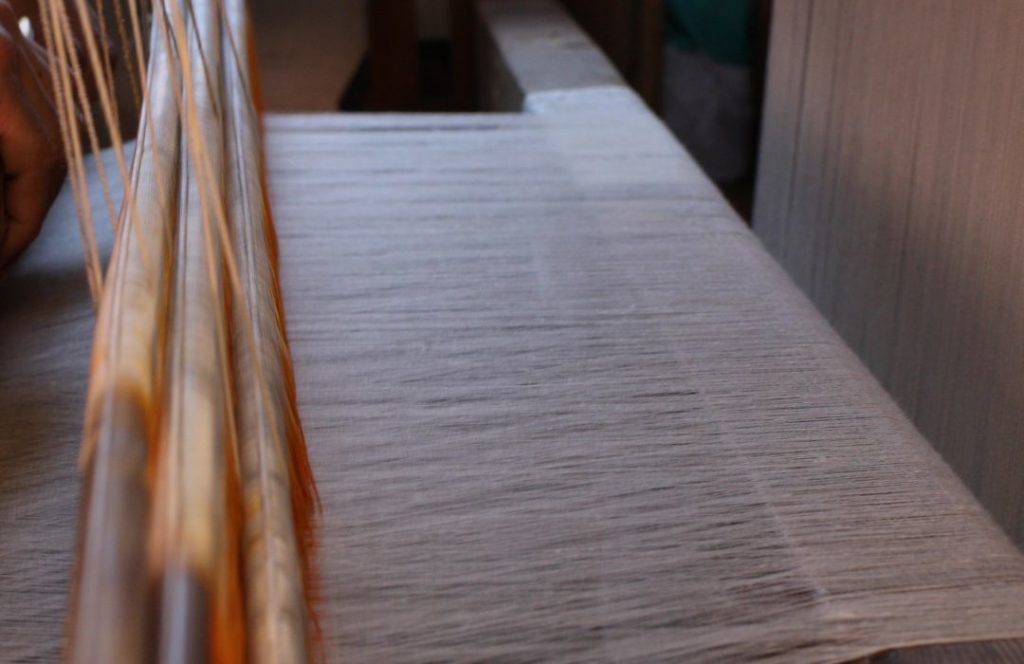
At the heart of Pashmina’s production lies the ancient art of hand-weaving. Unlike mass-produced textiles, artisans weave Pashmina shawls entirely by hand using traditional wooden looms. This process is incredibly delicate and time-consuming, often taking weeks or even months to complete a single shawl. Each thread is carefully guided into place by skilled artisans, who possess years of experience and knowledge passed down from their forefathers.
The precision required in hand-weaving is extraordinary. Artisans must handle the fine Pashmina threads with extreme care, ensuring that they maintain an even tension throughout the fabric. One slight mistake could ruin the entire piece, which is why the process demands such a high level of skill and patience. The intricate patterns and designs woven into the shawl reflect the creativity and expertise of these weavers, making each Pashmina shawl a unique work of art.
The slow pace of this process further highlights why genuine Pashmina comes with a hefty price tag. Weavers can only produce a few centimeters of fabric each day, depending on the complexity of the design. A single shawl can take weeks to complete, with every stage of weaving requiring precision and attention to detail. The time, effort, and artistry involved make Pashmina not just a product but a labour of love.
Dyeing and Design
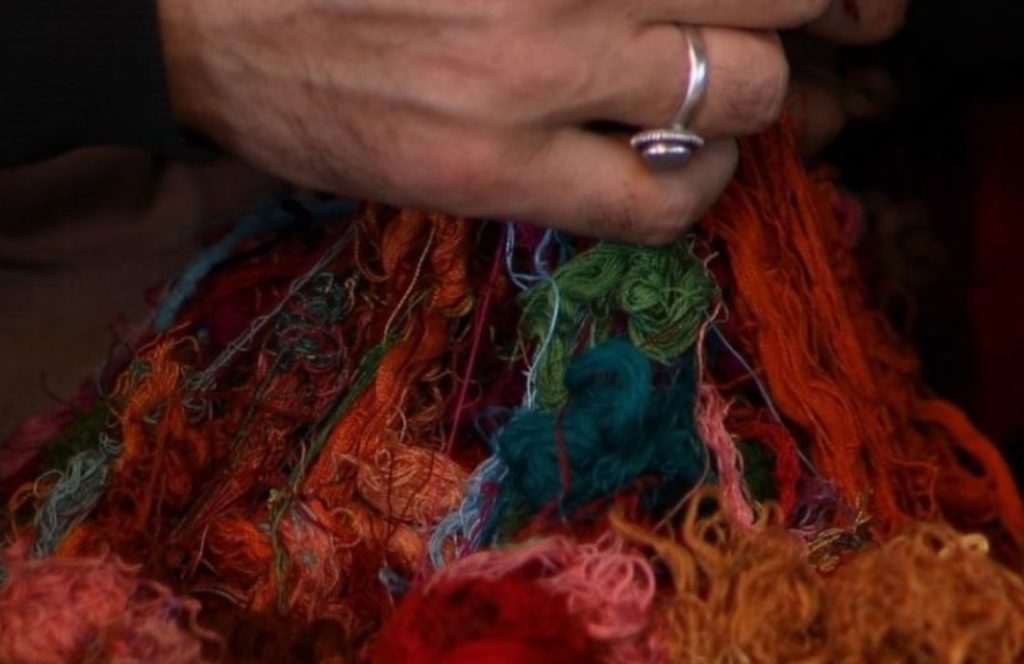
Once the weaving is complete, the next step in the production process is dyeing and designing the shawl. The dyeing process is often done using natural dyes derived from plants, minerals, and even insects. These dyes not only add rich, vibrant colours to the fabric but also maintain the eco-friendly and sustainable aspect of Pashmina production. Natural dyes are gentle on the delicate Pashmina fibers, ensuring that the wool retains its softness and luster.
The creation of intricate designs and patterns is where Pashmina truly stands out. Many shawls feature stunning hand-painted or embroidered motifs taking cues from nature, culture, and tradition. Artisans painstakingly apply these designs by hand, using techniques that they have refined over centuries. Whether it’s a floral pattern, a paisley motif, or a complex geometric design, the artistry involved adds to the shawl’s beauty and value.
Each piece is unique, as no two designs are exactly alike. This uniqueness, combined with the natural variations in dyeing, ensures that every Pashmina shawl is one-of-a-kind. The time it takes to design and dye each piece further increases the production time, contributing to the overall cost of the product.
Final Touches
After weaving, dyeing, and designing, the shawl undergoes its final touches, which elevate it to the level of luxury. One of the key finishing steps is hand-fringing, where artisans carefully twist and knot the ends of the shawl to create a delicate fringe. This step, though seemingly small, requires precision and attention to detail to ensure a uniform and elegant finish.
Before the shawl is ready for sale, it goes through a thorough quality check. Artisans inspect the entire piece for any imperfections in the weave, dye, or design. Only the finest pieces pass this stringent process, as Pashmina is synonymous with perfection and quality.
The time and effort invested in each shawl make it a luxurious item that is more than just a piece of fabric - it’s a symbol of craftsmanship, heritage, and art. The labour-intensive production process is the reason why genuine Pashmina commands such a high price, offering an answer to the question "Why is Pashmina so expensive"?
Artisanship and Craftsmanship
One of the main reasons why Pashmina is so expensive lies in the incredible artisanship and craftsmanship that goes into creating each piece. The process of making a Pashmina shawl is not simply about turning Cashmere into fabric. It’s an ancient art form that has passed down through generations of skilled artisans. Each step, from spinning the fine Cashmere wool to weaving intricate designs, demands a high level of expertise, patience, and dedication.
Skill and Tradition
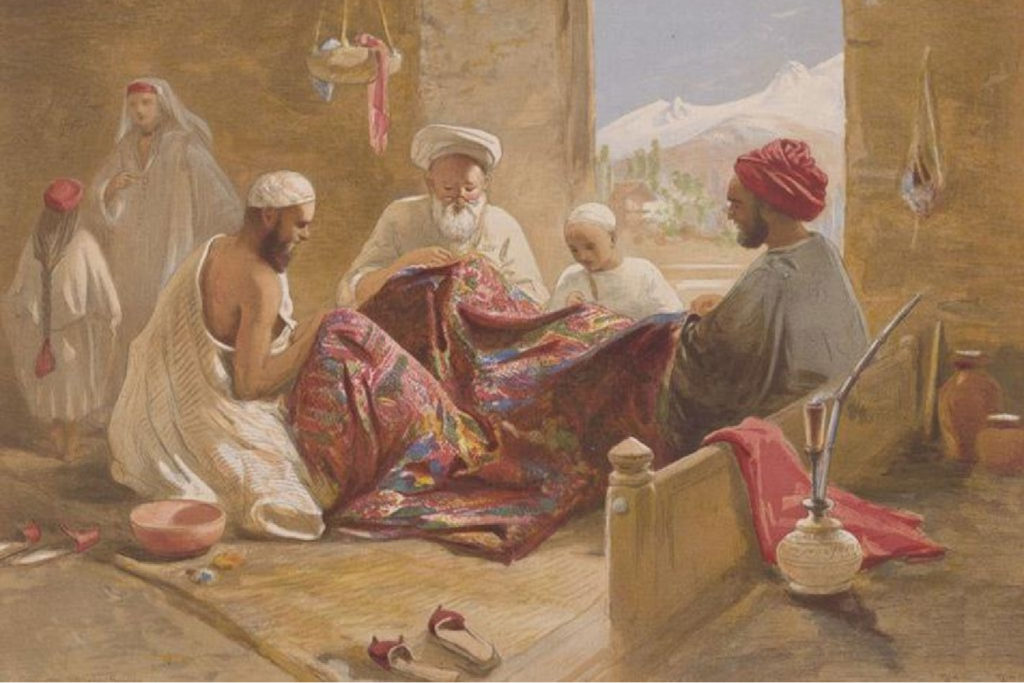
Pashmina weaving has a history that spans centuries. This art originated in the Himalayan regions, particularly in Kashmir. Here, the knowledge and skill required to create these luxurious shawls have been handed down from one generation to the next. Families of artisans have kept these techniques alive, with each generation adding their touch while maintaining the traditional methods.
The process starts with the finest quality Cashmere wool, sourced from the Changthangi goats in Ladakh. Spinning this wool into thin, delicate threads requires immense skill. Artisans hand-spin the wool, which is much finer than regular wool, using simple tools. The delicate nature of the fibers means that any error in handling can break the thread. It takes years of practice to master the balance between strength and finesse. This ensures that the wool is intact while artisans spin it into thread.
Weaving is another step in the process that demands skill. Artisans use traditional handlooms to weave the Pashmina and craft each piece entirely by hand. The level of precision is staggering, as artisans work carefully to create the intricate patterns that Pashmina shawls are famous for. Weaving a single shawl can take weeks or even months, depending on the complexity of the design. This kind of craftsmanship, steeped in tradition, is one of the main reasons Why Pashmina is so expensive.
Time Investment
The time investment involved in creating a genuine Pashmina shawl is extraordinary. Each step of the process requires focused attention and one cannot rush it through. From hand-spinning the wool to the final finishing touches, artisans handle every detail with care to ensure the highest quality.
The process begins with the collection of raw wool, which happens once a year in the spring when the Changthangi goats shed their winter coat. After collecting the wool, artisans spend days carefully cleaning and preparing it for spinning. The wool is fragile and must be handled delicately to preserve its softness and strength.
Spinning the wool into thread is another time-consuming step. The fibers are so fine that it takes a significant amount of time just to produce enough thread for one shawl. After spinning, the thread is woven into fabric on handlooms, a process that can take weeks or even months depending on the shawl’s design. Some Pashmina shawls feature intricate patterns or hand-embroidery, which adds even more time to the production.
The attention to detail doesn’t stop there. Each shawl goes through a meticulous quality check, and artisans correct any imperfections by hand. The artisans’ commitment to producing flawless pieces adds to the labour-intensive nature of Pashmina, which again answers the question "Why is Pashmina so expensive"?
Cultural Significance
Pashmina is more than just a luxury item. It carries deep cultural significance. In Kashmir, the art of Pashmina weaving is a heritage craft, woven into the very fabric of the region’s identity. It’s not just a trade but a way of life for many artisans, whose livelihoods depend on their ability to create these beautiful pieces.
The tradition of Pashmina weaving has been passed down for centuries, making each shawl a piece of cultural history. The designs often reflect the natural beauty of the region or cultural symbols important to the Kashmiri people. This connection to heritage adds an intangible value to every Pashmina shawl, making it not just an accessory but a piece of living art.
Because of the cultural significance attached to Pashmina, the artisans take great pride in their work. Artisans prepare each shawl with a deep sense of purpose and respect for the tradition. This cultural and historical weight, combined with the skill and time required to produce a Pashmina, is a big part of why is Pashmina so expensive.
In a world where fast fashion dominates, Pashmina stands out as a symbol of slow, mindful craftsmanship. The patience, skill, and dedication involved in creating each shawl make it a true luxury, worthy of its high price. When you invest in a Pashmina, you’re acquiring a piece of history, culture, and unparalleled artistry.
Sustainability and Ethical Considerations
Sustainability plays a key role in explaining why Pashmina is so expensive. From eco-friendly production methods to ethical labour practices, every step of the Pashmina-making process prioritizes the environment and the well-being of the artisans involved. Let’s explore how these practices contribute to the luxury status and high cost of this exceptional fabric.
Sustainable Practices
Pashmina production is rooted in sustainability, with artisans using traditional methods that have minimal environmental impact. One of the most eco-friendly aspects of Pashmina is the sourcing of wool from the Changthangi goats. These goats naturally shed their fine undercoat during the spring, so there’s no need for shearing or harming the animals. The wool is carefully collected by hand, ensuring that the process is gentle and sustainable.
In addition to responsible wool sourcing, the dyeing process for Pashmina shawls also follows eco-friendly practices. Many artisans use natural dyes derived from plants, roots, and minerals to colour the wool. These natural dyes are biodegradable, non-toxic, and free from harmful chemicals found in synthetic dyes, reducing the environmental footprint of the production process. By using traditional, sustainable dyeing methods, Pashmina makers honour their craft while also protecting the planet.
Furthermore, small-scale production ensures that resources aren’t wasted. Unlike mass-produced fabrics, where waste and pollution are common, Pashmina production is a slow, thoughtful process. Every step is handled with care, ensuring that the raw materials are used efficiently. This focus on sustainability is one answer to the question "Why is Pashmina so expensive"? - the time and effort required to produce each shawl responsibly add to its value.
Ethical Labor
Fair wages and ethical labour practices also contribute to the high cost of Pashmina. Skilled Artisans handcraft each shawl, many of whom have been practising this art for generations. The intricate process of hand-spinning, weaving, dyeing, and finishing Pashmina shawls requires years of experience. Luckily, patrons compensate the artisans fairly for their expertise.
In regions like Kashmir and Ladakh, where artisans produce Pashmina, artisans often work in small workshops or cooperatives, which provide them with fair wages and safe working conditions. These practices not only ensure that the artisans are paid appropriately for their labour but also support ethical consumerism. When you invest in a Pashmina, you’re supporting a system that values human dignity and craftsmanship over exploitation and low-cost production.
Additionally, fair trade practices have gained prominence in the Pashmina industry. Some Pashmina producers are part of fair-trade initiatives that guarantee ethical working conditions, reasonable pay, and the empowerment of local communities. Supporting such businesses is another reason why is Pashmina so expensive - but it's also a way for consumers to make a conscious, ethical choice when purchasing luxury goods.
Environmental Impact
The traditional methods used to create Pashmina have a much lower environmental impact than mass-produced alternatives. Pashmina production relies on manual processes, with minimal use of machinery, reducing energy consumption and carbon emissions. By contrast, mass-produced fabrics often involve heavy machinery, chemical treatments, and synthetic fibers, all of which contribute to pollution and environmental degradation.
In addition to reducing energy use, Pashmina production generates little to no waste. The wool is spun into thread by hand, woven on traditional looms, and dyed using natural substances. These time-honoured methods keep the process as eco-friendly as possible. The resulting product is durable, long-lasting, and biodegradable, unlike synthetic alternatives that often end up in landfills.
Moreover, the use of natural dyes means that the dyeing process doesn’t contribute to water pollution—a major problem in the textile industry. While synthetic dyes release harmful chemicals into the water supply, natural dyes are safe and environmentally friendly. This eco-conscious approach is one more reason why Pashmina is so expensive. The careful attention to reducing environmental impact at every stage adds to the cost but also ensures that Pashmina remains a sustainable luxury.
Also read: Pashmina Fashion around the world
Why is Pashmina so expensive?
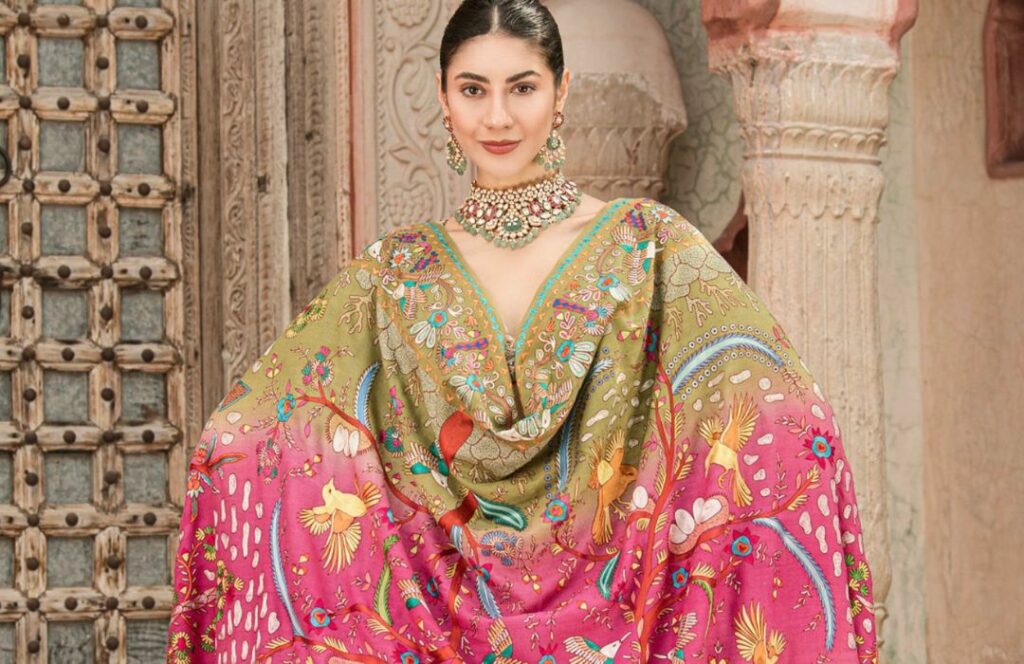
Pashmina’s high price reflects the intricate processes, rare materials, and ethical practices involved in its production. Why is Pashmina so expensive? First, the rarity of the wool is a major factor. The fine cashmere used for Pashmina comes from the Changthangi goats of Ladakh, which produce a limited supply of wool each year. This scarcity adds to its exclusivity and value. The labour-intensive production process, including hand-spinning, weaving, and natural dyeing, requires immense skill and time. Each Pashmina shawl represents the craftsmanship passed down through generations of artisans who dedicate weeks or even months to perfecting a single piece.
Sustainability also plays a significant role in Pashmina’s cost. Unlike mass-produced fabrics, Pashmina is crafted using eco-friendly methods, from responsibly sourcing wool to using natural dyes. Additionally, ethical labour practices ensure that artisans receive fair wages for their extraordinary skill and effort, which adds to the overall price. The combination of sustainability, ethical production, and cultural heritage makes Pashmina a true luxury item.
Pashmina's cost is not just about the material; it's about the craftsmanship, the culture, and the values that come with it. Its value goes beyond fashion—it carries the weight of centuries-old tradition and responsible, sustainable practices. When you invest in Pashmina, you're purchasing something far more than just a fabric; you're supporting ethical practices and contributing to the preservation of artisanal craftsmanship.
Conclusion
As you consider purchasing Pashmina, think about the extraordinary care, skill, and sustainability behind each piece. Supporting ethically made luxury ensures that these age-old traditions continue to thrive, making Pashmina worth every penny.
Also read: 7 Myths surrounding Pashmina